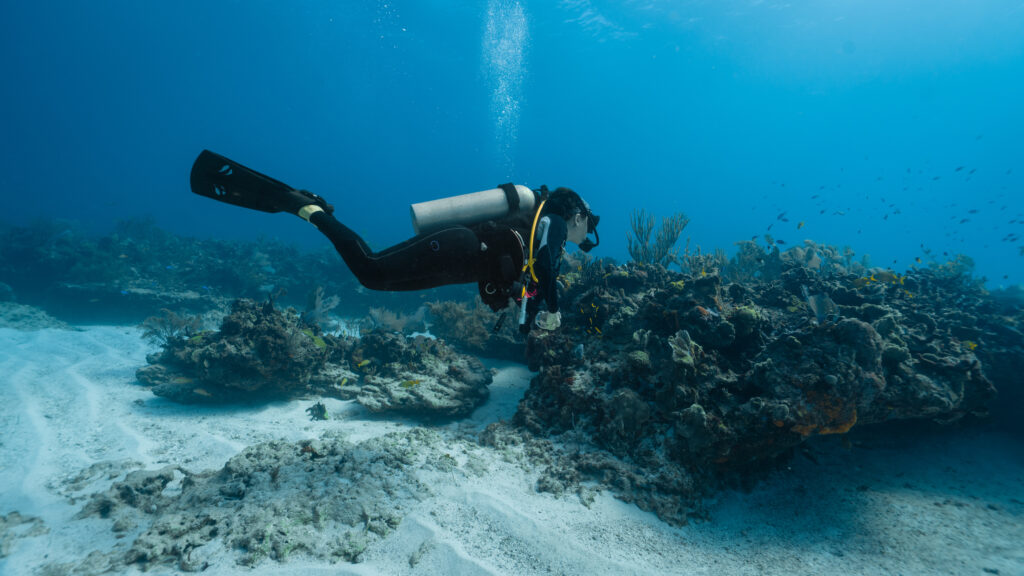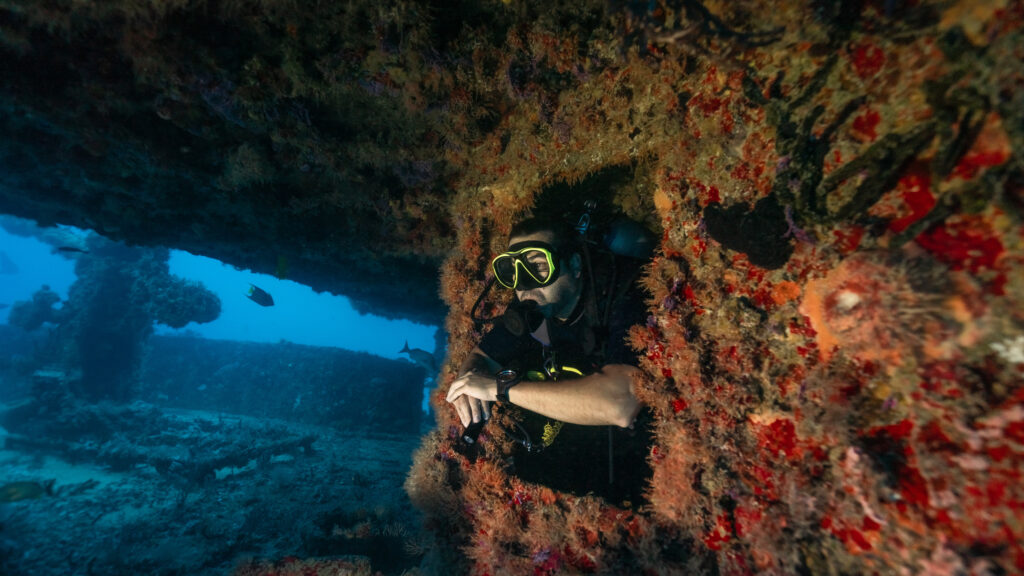What is Active Addition for Semi-Closed Circuit Rebreathers?

The active addition system is a key component of SCRs, controlling the feed gas’s addition to the breathing loop. The mechanism adds a specific quantity of gas regardless of the current loop volume, providing a constant supply of breathable gas while preventing hyperoxic or hypoxic conditions. At its core, the active addition system consists of a supply valve controlled by the diver or an electronic mechanism. When the diver inhales, the decrease in loop volume triggers the valve to release more gas into the loop. In electronically controlled systems, gas is added at fixed intervals, ensuring a continuous supply.
What is a Active Addition Semi-Closed Circuit Rebreather Systems?

Active Addition Semi-Closed Circuit Rebreather (AASCCR) systems represent a sophisticated evolution in scuba diving technology, combining the advantages of closed-circuit rebreathers with innovations that enhance safety and usability. These systems are designed to optimally recycle exhaled gases, thereby extending dive times, reducing gas consumption, and minimizing decompression obligations. By actively managing the gas mix in the breathing loop, AASCCR systems offer divers a unique balance between simplicity and efficiency, making them particularly valuable in extended or deep diving scenarios.
What is a Automatic Diluent Valve (ADV)?

The Automatic Diluent Valve (ADV) is a critical component in the configuration of modern rebreather systems used in scuba diving. This device automatically adds diluent gas to the breathing loop to maintain the correct volume and optimal gas mixture, ensuring the diver’s buoyancy and safety at varying depths. The importance of the ADV in facilitating longer, safer dives cannot be overstated, making it an essential study for divers and technicians alike.
What is Water Pressure when Diving?

Water pressure is a crucial concept in scuba diving, defined as the force per unit area exerted by the weight of water. The weight of the water column above a certain depth creates this pressure. This pressure is not just from the top down, but it is exerted equally from all directions. The deeper a diver descends, the greater the water pressure exerted on their body.
What is a Knot?

A knot is a unit of speed measurement used predominantly in maritime and aviation contexts. It is employed extensively in the fields of nautical navigation and scuba diving. The term “knot” is derived from the practice of counting the number of knots on a log line that unspooled from a ship over a specific period of time, which provided a measure of the ship’s speed. Today, the knot is defined as one nautical mile per hour and serves as a valuable metric for scuba divers and watercraft operators alike.
What is a Lost Buddy Drill?

The lost buddy drill is a critical safety procedure in scuba diving designed to locate a missing dive partner and ensure the safety of both divers. When a buddy pair becomes separated underwater, it is vital to act quickly and effectively to minimize risk. This drill outlines a series of steps to be taken in such an event, focusing on maintaining calm, executing a systematic search, and communicating effectively. The lost buddy drill is an essential part of scuba training and is emphasized for all levels of divers, from beginners to advanced technical divers, due to its potential to prevent accidents and save lives.
What is a Forward Roll Entry?

The forward roll entry, a staple technique for scuba divers, is a safe and efficient way of entering the water from a boat or a pier. As a key skill for divers of all levels, it is essential to master this technique for both safety and comfort. This entry will discuss the benefits of using the forward roll entry, the steps to execute it correctly, and potential hazards and tips to avoid them.
What is a J Cylinder?

A J cylinder is a type of scuba diving tank known for its distinctive size and capacity. It is a critical component of a diver’s breathing apparatus, holding compressed air that allows for underwater respiration. These cylinders are integral to both recreational and professional diving, providing the necessary air supply for extended periods underwater. Named after its shape and size, the J cylinder has become a standard in the diving community due to its reliability and capacity, making it suitable for various types of diving activities, from shallow recreational dives to deeper, more technical dives.
What is the Maximum Operating Depth?

Maximum Operating Depth (MOD) is a critical concept in the field of scuba diving. It refers to the deepest depth at which a particular gas mixture can be used safely without the diver experiencing oxygen toxicity. Understanding and adhering to the MOD is essential for ensuring diver safety and preventing potentially life-threatening conditions. MOD varies depending on the gas mixture being used and is influenced by the partial pressure of oxygen within the breathing gas. By comprehending the significance of MOD, divers can plan their underwater excursions more effectively and reduce the risks associated with diving to greater depths.
What is a Drop Weight?

A drop weight, a fundamental tool in scuba diving, plays a crucial role in managing a diver’s buoyancy. By adding or removing weight, divers can achieve neutral buoyancy, allowing them to maintain a stable position underwater without floating upwards or sinking uncontrollably. This balance is essential for conserving energy, enhancing underwater navigation, and ensuring safety during a dive. Drop weights can be attached to a diver’s belt, integrated into buoyancy control devices (BCDs), or even strapped to ankles, depending on individual preferences and specific diving conditions.
